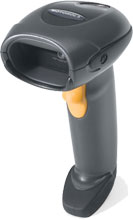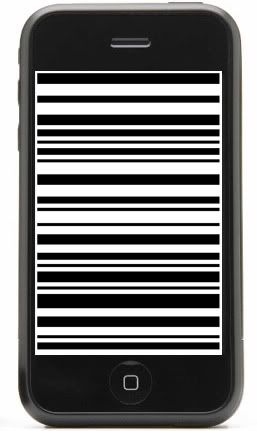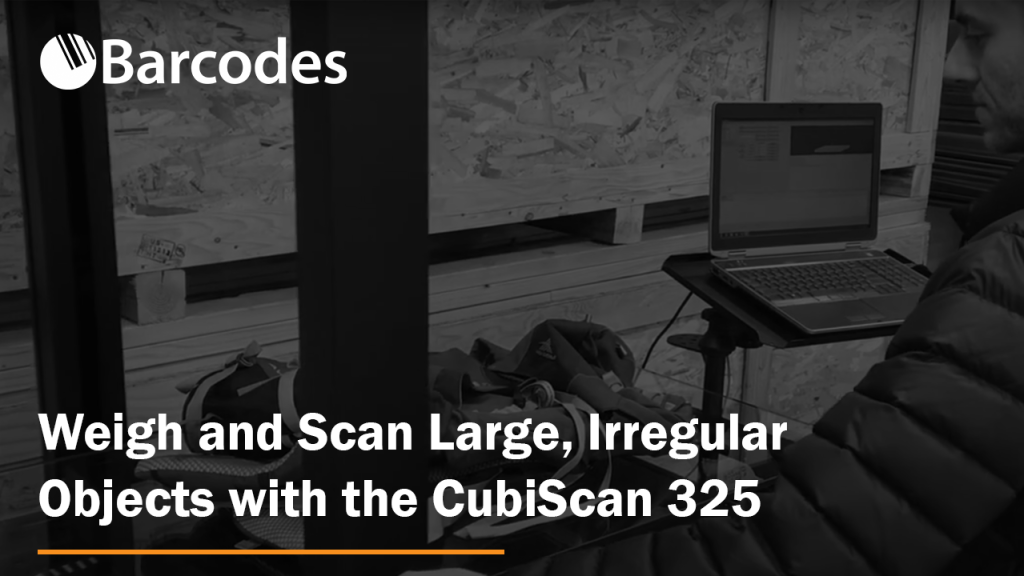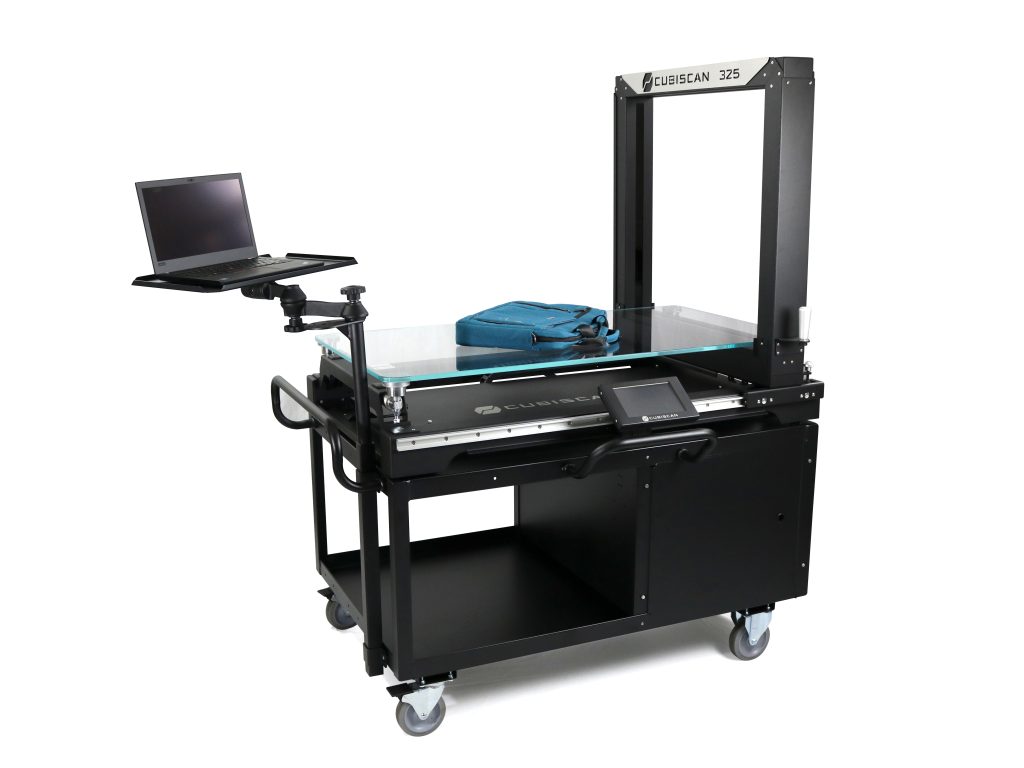Weighing and Scanning Large, Irregular-Shaped Items? Try the CubiScan 325
Measuring large quantities of spatulas, machinery components, bolts, and apparel can be a challenge for order pickers and warehouse operators. Non-uniform shapes are hard to measure, and high turnover and rotating shift workers means you never get consistent measurements on your ever-changing library of SKUs. Inconsistency in measurement and process leads to unreliable master data, and inefficient downstream processes. Enter the Cubiscan 325, an automated object dimensioner and scale.
If you want to reduce inefficiencies in your supply chain, this machine is an excellent starting point. Master data collection, storage, carton selection, and pick and pack are much easier processes with the Cubiscan.
Accurate, Efficient Dimensioning with the CubiScan 325
The Cubiscan 325 eliminates the need for manual measuring and weighing by automating the dimensioning process, reducing physical strain on employees, limiting manual data entry errors, boosting overall productivity, and improving cost savings across every operational area.
Key Features of the CubiScan 325
Dimensional Accuracy
The Cubiscan 325 uses infrared light to collect product dimensions down to 1mm, ensuring that accurate data is used for inventory and shipping calculations. This reduces the possibility of costly mistakes in shipping and order fulfillment. This large format, automated imager and dimensioner accommodates SKUs up to 36′′ long, 24′′ wide, and 24†tall.
Cost Savings
With accurate product dimensions, shipping costs can be reduced. Accurate master data is fed to WMS and cartonization softwares to help packers pick the right box for an order. In turn, shippers ship less air and more product, reducing the overuse of packing materials to fill excess “air†in the box. This also reduces their overall parcel spend, because efficiently packed orders means shippers aren’t paying to ship extra air. The savings are particularly impactful for high-volume shippers, where efficiencies and proper packing are spread across thousands of shipments. Invest in a dimensioner, because the long-term cost savings from reduced errors, improved efficiency, and optimized storage are significant.
Inventory Accuracy & Enhanced Order Picking
Accurate product dimensions aid in inventory tracking. This is especially useful in industries with a large number of SKUs, where inventory discrepancies can be expensive and time-consuming to resolve. The Cubiscan 325 also integrates with existing order picking systems, assisting employees in efficiently and accurately selecting the right products, reducing order fulfillment errors.
Seamless Integration with WMS & ERP
The Cubiscan 325 can be seamlessly integrated with Warehouse Management Systems (WMS) and Enterprise Resource Planning (ERP) software, reducing manual data entry errors, streamlining the flow of information, and improving overall database quality for irregular and complex SKUs in the warehouse.
Improved Warehouse Space Utilization
By accurately measuring product sizes, operations managers can optimize warehouse storage space and layout, reducing wasted space and improving overall efficiency.
Data Analytics
The Cubiscan 325 data can be used to perform analytics and gain insights into product trends, demand forecasting, and process optimization.
Ensured Compliance
For industries with specific regulations governing accurate product measurement and labeling, the Cubiscan 325 assists operations managers in ensuring regulatory compliance as well.
Faster Order Processing
Order processing becomes faster and more efficient with the Cubiscan 325’s automation capabilities, which can lead to faster order fulfillment and happier customers.
For a detailed list of capabilities, download the Cubiscan 325 spec sheet.
Watch: The CubiScan 325 in Action
Incorporating a CubiScan 325 into your workflow can help streamline operations, reduce costs, and improve overall productivity and accuracy, making it a valuable addition for operations managers across a wide range of industries. See how it works below.
Smarter Dimensioning Today
We’ve covered how useful the CubiScan 325 is. It’s also just plain magical to see in action. Contact us for your dimensioning needs today – we’ll deliver a custom solution for you.
Is Zebra’s CS60 Companion Scanner Part of Your Next Store Modernization Strategy?
With so many modernization options available today, it may be tempting to just jump into the latest and greatest device. However, the key to a successful modernization strategy lies in careful planning. That’s where versatile technologies such as Zebra’s CS60 barcode scanner can be quite useful as it provides an adaptable and scalable modernization option to overcome present and future retail challenges.
Who Can Benefit from the No-Compromise Companion Scanner?
While Zebra’s new CS60 companion scanner is set to enhance storefront workflows, there are a few questions you can ask yourself to assess implementation possibilities before integrating the next generation of mobile retail data capture:
1. Are you currently using multiple scanners for varying scanning needs?
Different tasks may require different scanning capabilities such as hands-free for contactless transactions. Instead of managing multiple corded and cordless scanners throughout the store, convertible scanners like the CS60 can reduce the number of deployed devices, ultimately reducing TCO in the long run.
2. Are associates utilizing scanners in non-traditional settings consistently?
While handheld scanners are traditionally used in the checkout lanes, they have also made their way into inventory management and cycle counting as automated data capture is proven to reduce data entry errors. Mobile scanning enables automated data capture in space-constrained counters, self-service kiosks, and shopping aisles, allowing your associates to stay efficient anywhere they go.
3. Do you need to simplify your device management plan?
Multiple devices mean multiple service and repair plans. Not only does the CS60 preform in various scanning scenarios but its inductive charging feature also eliminates the need for constant recharging. Zebra’s WiFi Friendly mode also secures scanner efficiency without WiFi interruptions. Lastly, pre-installed Virtual Tether prevents device loss by keeping scanners within range and locating misplacements within seconds.
If you answered yes to any of the questions above, your operations may benefit from new data capture devices like the Zebra CS60. To learn more about how you start modernizing your storefront, contact us for a free consultation.
The Most Common Causes of Unreadable Barcodes
 Item identification and data acquisition through barcodes is critical to the function of automated operations, from ensuring that the correct components are used in the assembly of a smart phone to recording accurate patient data for samples in a laboratory. When poorly-marked or damaged barcodes result in “no-reads†or failures, loss of data can have disastrous effects on product integrity and corporate reputation – not to mention potential legal implications and serious risks to consumer welfare. Understanding the root cause of unreadable barcodes and using technology appropriately to prepare for or resolve these issues is simple to do and it can mean the difference between success and failure in automation. This white paper describes potential solutions for the most common causes of unreadable barcodes, including:
Item identification and data acquisition through barcodes is critical to the function of automated operations, from ensuring that the correct components are used in the assembly of a smart phone to recording accurate patient data for samples in a laboratory. When poorly-marked or damaged barcodes result in “no-reads†or failures, loss of data can have disastrous effects on product integrity and corporate reputation – not to mention potential legal implications and serious risks to consumer welfare. Understanding the root cause of unreadable barcodes and using technology appropriately to prepare for or resolve these issues is simple to do and it can mean the difference between success and failure in automation. This white paper describes potential solutions for the most common causes of unreadable barcodes, including:
- Low Contrast
- Quiet Zone Violations
- Improper Reading Position
- Print or Mark Inconsistency
- Damage or Distortion
Finding the Right Barcode Scanner – What Makes Them Different?

Selecting a barcode scanner may seem like a simple enough task at first glance but given the range of barcodes and how they are used today, it can quickly become a challenge to find the right one. Â Most scanners today are more than capable of reading well printed barcodes on a typical paper label. That said, uses for barcodes have expanded well beyond basic labels and many specialized scanners are available to meet the needs of specific applications. In the following we’ll cover some key features to consider when trying to select the best fit scanner for your needs.
1D or 2D – Printed or Electronic
Probably the most crucial first step in selecting a scanner is determining what kind of barcodes you will be reading. The traditional picket fence style 1D barcodes are still the most commonly used and are often printed on a label but you will find the use of 2D matrix style codes much more common today. Likewise, you may not just be reading barcodes on a printed label as more applications are embracing scanning off of smartphone screens or from codes directly etched/molded into a product. Â In the case of simple 1D barcodes on a label, your standard laser of linear imager will readily meet your needs. For 2D barcodes or applications reading from not printed surfaces, a full 2D imager will be needed to properly scan the code. 2D imagers are more costly but their main advantage is that they can essentially omnidirectionally read any barcode from almost any surface.
Barcoding Billboards to Save Homeless Critters

Â
Toronto-based Reasonpartners.org has integrated photo-enabled barcode technology into its wildlife protection OOH campaign. The eye-catching billboards featuring wild animals marooned in city settings were launched two weeks ago around Toronto.
One of the billboards in the campaign features Microsoft’s Tag High Capacity Colour Barcode (HCCB) technology, which gives smartphone users direct access to the organization’s website by snapping a picture of the barcode on the billboard, which is located at Eglinton Avenue and Markham Road in Toronto.
Reasonpartners.org is a philanthropic enterprise of Toronto agency Holmes & Lee that helps nonprofits raise money in a cost-effective manner, so more funds go directly to the causes. The general website links users to six different charities and non-profits pertaining to wildlife, giving a platform for concerned individuals to start informing themselves on the issue.
“We aggregate for different charities that happen to operate in the same space, in this case it is wildlife protection,” Peter Holmes, president of Holmes & Lee, tells MiC.
Barcode scanning with the new iPhone?

Â
When iPhone 3.0 comes out later this year, we’ll see iPhone apps tied to special-purpose accessories.
Imagine a universal remote that lets you use your iPhone to control every box in your home-entertainment system. Or a portable RFID- and barcode-scanning module that turns your iPhone into a tiny store clerk — or comparison shopper — letting you find and buy stuff just by waving your phone at it.
These are just two suggestions from Wired.com readers for accessory-powered iPhone 3.0 applications — or, to use the term we coined, dongleware. We put up a call for suggestions, and you responded with loads of great ideas. We figured, what better way to give wannabe-millionaire developers ideas — and get what consumers want in return? Win-win.
iPhone 3.0 won’t be launching until summer, but developers can get plenty done in two or three months. To help speed up the process, here are your top-voted ideas in a nice and tidy list. Drum roll, please.
Barcode/RFID/Magnetic-Stripe Reader
This idea got the most votes — an accessory that acts as a barcode scanner and maybe triples as a magnetic-card and RFID tag reader.
Here’s how it could be useful: It would essentially turn the iPhone into a miniature checkout stand. The barcode scanner would register a product’s price, and then customers can simply swipe their credit card into the magnetic card reader. Similarly, the radio-frequency identifier would scan products containing RFID tags, such as library books, and send that information to the iPhone. In theory, the iPhone app transfers the data via the internet to complete the transaction.
Wouldn’t it be interesting (and a little weird) to see iPhones or iPod Touches at the checkout counter of every store?
This could also make a great tool for consumers to do on-the-fly comparison shopping while they browse brick-and-mortar stores.
Nokia launches beta of ‘Point & Find’ system for mobile phones, letting consumers scan images for search with their camera phone.

Nokia has launched a beta of its new Point & Find system, which lets mobile phone users search for information on an object by looking at it with their handset camera.
While the service could eventually let consumers scan barcodes, at the moment Point & Find is focused on movies.
Philipp Schloter, Nokia’s general manager for Point & Find, explained: “Simply by pointing their camera phone at a poster for a new movie, people can watch the trailer, read reviews, and find the closest cinema where it is playing.â€
Other uses suggested by Nokia include scanning barcodes for prices, looking at items for sale and being sent more details on where to shop or coupons, or eyeing objects in a museum and being sent multimedia information about it.
The open platform system uses the camera to look at images, GPS positioning to decide where it is, and the internet to search though a database of tagged objects. When an image is recognized, links to content – such as film times or prices – are sent back to the user.
Nokia doesn’t just want consumer feedback, but is looking to hear from businesses about their ideas for the tech – click here for the Point & Find business site. It’s already being used by the Body Worlds exhibition at the O2 in London, so pointing the camera of a Point & Find phone at related advertising should bring up data on the show.
The service can currently be downloaded in the US and the UK, on selected handsets. The phones supported by the current beta are the Nokia N82, N95, E66, N81, N76, E51, 6290, 6124 Classic, 6121 Classic, 6110 Navigator, and the 5700 Xpress Music.






